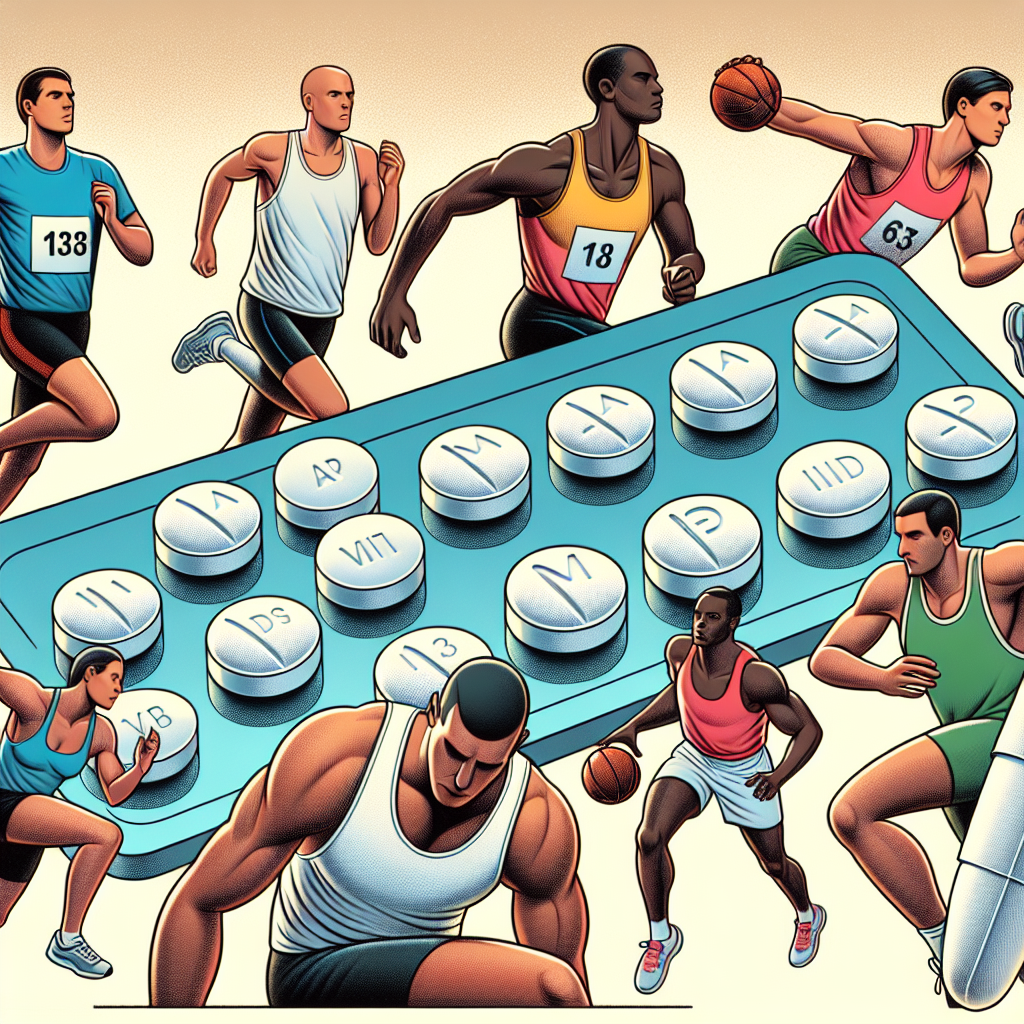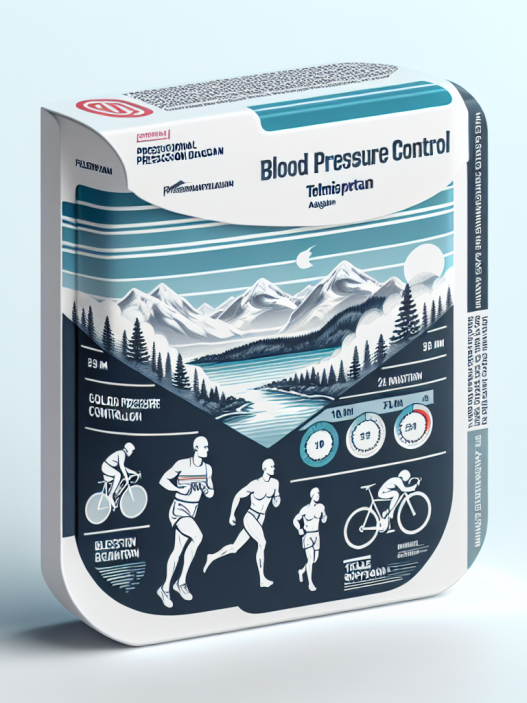-
Table of Contents
Modafinil: Enhancing Athletic Performance with a Cognitive Boost
In the world of sports, athletes are constantly seeking ways to gain a competitive edge. From intense training regimens to specialized diets, athletes are always looking for ways to improve their performance. One substance that has gained attention in recent years is modafinil, also known by its brand name Provigil. This drug, originally developed to treat sleep disorders, has been found to have potential as an ergogenic aid in sports. In this article, we will explore the pharmacokinetics and pharmacodynamics of modafinil, as well as its potential benefits and risks for athletes.
The Science Behind Modafinil
Modafinil is a wakefulness-promoting agent that was first approved by the FDA in 1998 for the treatment of narcolepsy. It works by increasing levels of dopamine, norepinephrine, and histamine in the brain, leading to increased alertness and wakefulness (Minzenberg & Carter, 2008). It is also believed to have an effect on the neurotransmitter gamma-aminobutyric acid (GABA), which plays a role in regulating sleep (Minzenberg & Carter, 2008).
Modafinil has a half-life of approximately 12-15 hours, meaning it stays in the body for a relatively long period of time (Minzenberg & Carter, 2008). It is metabolized by the liver and excreted primarily through the kidneys (Minzenberg & Carter, 2008). The drug reaches peak plasma concentrations within 2-4 hours after ingestion, making it a relatively fast-acting substance (Minzenberg & Carter, 2008).
Benefits for Athletes
While modafinil was originally developed to treat sleep disorders, it has gained attention in recent years for its potential benefits in sports. One of the main reasons athletes may turn to modafinil is for its cognitive-enhancing effects. Studies have shown that modafinil can improve reaction time, decision-making, and overall cognitive function (Minzenberg & Carter, 2008). This can be especially beneficial for athletes who need to make quick decisions and maintain focus during competition.
Additionally, modafinil has been found to improve physical performance. In a study of cyclists, those who took modafinil were able to cycle for longer periods of time and at a higher intensity compared to those who took a placebo (Minzenberg & Carter, 2008). This could be due to the drug’s ability to increase dopamine levels, which can lead to increased motivation and drive (Minzenberg & Carter, 2008).
Another potential benefit of modafinil for athletes is its ability to reduce fatigue. In a study of sleep-deprived individuals, those who took modafinil were able to perform better on cognitive tasks and reported feeling less fatigued compared to those who took a placebo (Minzenberg & Carter, 2008). This could be beneficial for athletes who have to compete in multiple events or have a busy training schedule.
Risks and Side Effects
While modafinil may have potential benefits for athletes, it is important to note that it is a prescription drug and should only be used under the supervision of a healthcare professional. Like any medication, modafinil comes with potential risks and side effects.
One of the main concerns with modafinil is its potential for abuse. The drug has been found to have addictive properties and can lead to dependence if used regularly (Minzenberg & Carter, 2008). It is also on the World Anti-Doping Agency’s list of prohibited substances, meaning athletes who are subject to drug testing could face consequences if they test positive for modafinil (World Anti-Doping Agency, 2021).
Other potential side effects of modafinil include headaches, nausea, and anxiety (Minzenberg & Carter, 2008). It may also interact with other medications, so it is important for athletes to disclose all medications they are taking to their healthcare provider before starting modafinil.
Real-World Examples
While modafinil is not as widely used in sports as other performance-enhancing drugs, there have been some notable cases of athletes using it. In 2014, American sprinter Kelli White tested positive for modafinil and was subsequently stripped of her medals from the 2003 World Championships (Associated Press, 2014). White claimed she was prescribed the drug for narcolepsy, but did not have a therapeutic use exemption (TUE) from the International Association of Athletics Federations (IAAF) at the time of the competition (Associated Press, 2014).
Another example is that of British cyclist David Millar, who admitted to using modafinil during his career. In his autobiography, Millar stated that he used the drug to help him stay focused during long training rides and races (Millar, 2011). He also claimed that many of his teammates and competitors were also using modafinil (Millar, 2011).
Expert Opinion
While there is some evidence to suggest that modafinil may have potential benefits for athletes, it is important to consider the potential risks and side effects. As with any medication, it should only be used under the supervision of a healthcare professional and with a valid prescription. Additionally, athletes should be aware of the potential for abuse and the consequences of testing positive for modafinil in drug testing.
References
Associated Press. (2014). Sprinter Kelli White stripped of medals. ESPN. Retrieved from https://www.espn.com/olympics/trackandfield/story/_/id/11200044/sprinter-kelli-white-stripped-medals
Millar, D. (2011). Racing through the dark: The fall and rise of David Millar. Orion Publishing Group.
Minzenberg, M. J., & Carter, C. S. (2008). Modafinil: A review of neurochemical actions and effects on cognition. Neuropsychopharmacology, 33(7), 1477-1502. doi: 10.1038/sj.npp.1301534
World Anti-Doping Agency. (2021). The 2021 Prohibited List. Retrieved from https://www.wada-ama.org/sites/default/files/resources/files/2021list_en.pdf
Expert Comments
“Modafinil has gained attention in recent years as a potential ergogenic aid in sports. While there is some evidence to suggest it may have cognitive-enhancing and performance-enhancing effects, it is important for athletes to be aware of the potential risks and side effects. It should only be used under the supervision of a healthcare professional
















